Home>Gardening & Outdoor>Landscaping Ideas>How To Get Grass To Grow In Red Clay
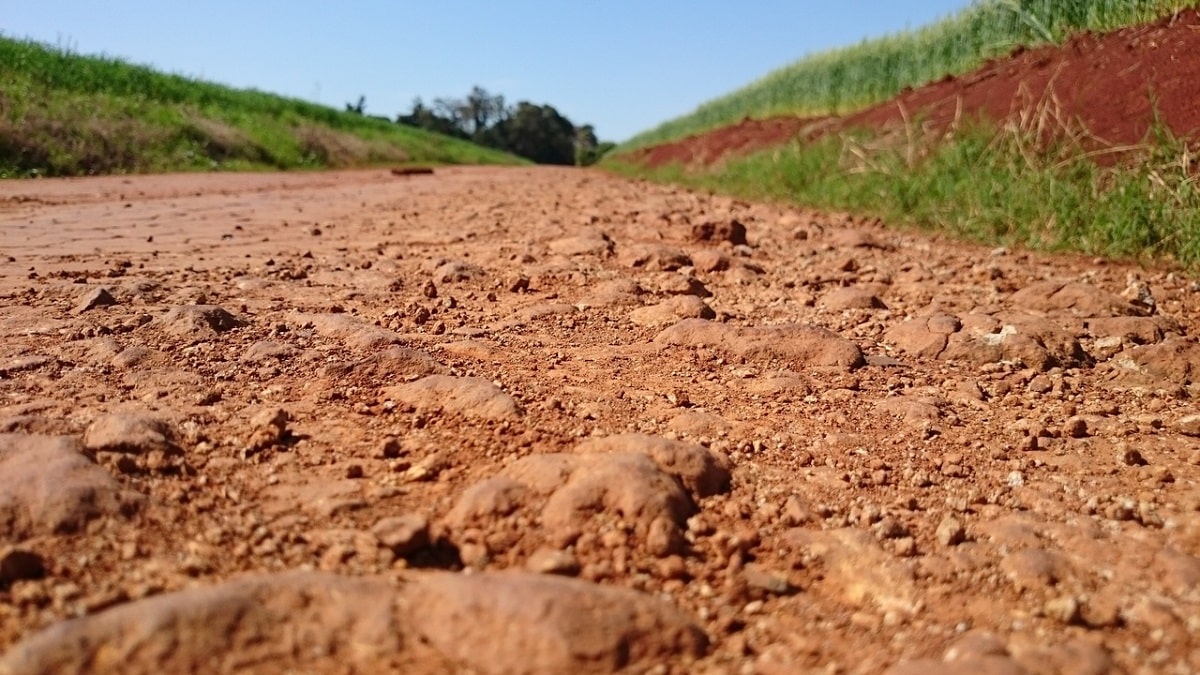

Landscaping Ideas
How To Get Grass To Grow In Red Clay
Modified: February 18, 2024
Learn effective landscaping ideas to get grass to grow in red clay soil. Discover expert tips and techniques for achieving a lush green lawn.
(Many of the links in this article redirect to a specific reviewed product. Your purchase of these products through affiliate links helps to generate commission for Storables.com, at no extra cost. Learn more)
Introduction
Welcome to the challenging yet rewarding world of landscaping in red clay soil. While red clay soil can present unique obstacles for growing grass, it’s certainly not an insurmountable task. With the right approach and a bit of know-how, you can transform your red clay yard into a lush, green oasis.
In this comprehensive guide, we’ll delve into the intricacies of working with red clay soil and offer practical tips for coaxing grass to thrive in this environment. From understanding the characteristics of red clay soil to selecting the most suitable grass varieties, planting and maintenance techniques, we’ve got you covered every step of the way.
So, if you’re ready to roll up your sleeves and embark on a journey to transform your red clay yard into a vibrant, verdant landscape, let’s dive in and explore the fascinating world of landscaping in red clay soil.
Key Takeaways:
- Transforming red clay soil into a lush lawn requires strategic soil prep, grass selection, and diligent maintenance. Patience and persistence are key to creating a vibrant, resilient landscape.
- Understanding red clay soil’s unique properties and implementing targeted techniques can turn its challenges into opportunities for creating a thriving, verdant lawn.
Read more: How To Get Grass To Grow In Clay
Understanding Red Clay Soil
Red clay soil, known for its rich reddish-orange hue, is a prevalent soil type in various regions. While it possesses unique properties that can benefit plant growth, it also presents challenges, particularly when it comes to cultivating grass. Understanding the characteristics of red clay soil is crucial for devising effective strategies to encourage grass growth.
One of the defining features of red clay soil is its high clay content, which contributes to its dense, compact nature. This density can impede water drainage and root penetration, making it challenging for grass to establish and thrive. Additionally, red clay soil tends to retain moisture, which can be advantageous during dry spells but may lead to waterlogging in excessive rainfall, posing a risk of root rot and other issues for grass.
Furthermore, red clay soil has a tendency to become hard and compacted, especially in hot and dry conditions. This compaction restricts air circulation and root development, hampering the growth of grass and other plants. The pH level of red clay soil can also vary, impacting the availability of essential nutrients for grass.
Despite these challenges, red clay soil offers some benefits for grass growth. Its rich mineral composition provides vital nutrients for plants, and its ability to retain moisture can be advantageous in arid climates. By understanding the unique properties of red clay soil, you can implement targeted strategies to create an optimal environment for grass to flourish.
With a solid grasp of the characteristics of red clay soil, you’re equipped to navigate the intricacies of preparing the soil and selecting the right grass varieties for your landscaping endeavors.
Preparing the Soil
Transforming red clay soil into a hospitable environment for grass growth requires thoughtful preparation. By addressing the soil’s inherent challenges and optimizing its conditions, you can lay the groundwork for a thriving lawn. Here’s how to prepare the soil effectively:
- Soil Testing: Before embarking on any soil preparation measures, it’s essential to conduct a comprehensive soil test. This analysis will reveal crucial information about the pH level, nutrient composition, and overall quality of the red clay soil. Armed with this knowledge, you can make informed decisions about soil amendments and fertilizer applications to create an optimal growing environment for grass.
- Improving Drainage: Given red clay soil’s tendency to retain moisture and impede drainage, it’s imperative to address this issue. Incorporating organic matter such as compost, peat moss, or well-rotted manure into the soil can enhance its structure, promote better drainage, and mitigate the risk of waterlogging. Additionally, incorporating coarse sand can help improve soil aeration and drainage, reducing the likelihood of compaction.
- Amending Soil pH: Red clay soil often exhibits varying pH levels, which can impact nutrient availability to grass. Based on the results of the soil test, you may need to adjust the pH level using lime to raise it or elemental sulfur to lower it, ensuring that the soil provides an optimal growing environment for your chosen grass species.
- Tilling and Aeration: Breaking up the compacted nature of red clay soil is essential for promoting healthy root development and facilitating water penetration. Tilling the soil to a depth of several inches and incorporating organic matter can help loosen the soil, while core aeration can further enhance soil structure and alleviate compaction.
- Applying Organic Matter: Introducing ample organic matter into the soil is crucial for improving its texture, fertility, and overall health. Organic amendments not only aid in loosening compacted soil but also provide essential nutrients for grass growth. Regular applications of organic matter contribute to the long-term improvement of red clay soil, fostering an environment conducive to robust grass growth.
By diligently preparing the soil through targeted interventions and soil enhancements, you can overcome the challenges posed by red clay soil and create an optimal foundation for establishing a lush, resilient lawn.
Selecting the Right Grass
Choosing the appropriate grass species is a pivotal step in the quest to establish a thriving lawn in red clay soil. The selection process involves considering various factors, including the climate, soil characteristics, intended use of the lawn, and desired aesthetic qualities. Here’s a guide to help you navigate the process of selecting the right grass for your red clay landscape:
- Climate Compatibility: When choosing grass for red clay soil, it’s crucial to consider the local climate and its impact on grass growth. Select grass varieties that are well-suited to the prevailing climate, including heat tolerance, resistance to cold temperatures, and adaptability to varying levels of sunlight.
- Soil Adaptability: Certain grass species exhibit better adaptability to the unique properties of red clay soil. Look for grass varieties known for their resilience in heavy, compacted soils with poor drainage. These grasses should be capable of establishing strong root systems and thriving in the challenging conditions presented by red clay soil.
- Wear and Tear Resistance: Consider the intended use of the lawn and select grass species that can withstand the level of foot traffic and activities it will experience. For high-traffic areas, prioritize grass varieties renowned for their durability and quick regrowth, ensuring that the lawn maintains its lush appearance despite heavy use.
- Aesthetic Preferences: Evaluate your aesthetic preferences regarding the color, texture, and overall appearance of the grass. Some grass species offer a vibrant green hue and fine texture, while others may have a coarser appearance. Choose a grass variety that aligns with your visual preferences and complements the overall landscape design.
- Maintenance Requirements: Assess the maintenance demands of different grass species, including mowing frequency, fertilization needs, and pest resistance. Select a grass variety that aligns with your desired level of maintenance commitment, ensuring that it remains manageable and visually appealing with routine care.
By carefully considering these factors and conducting thorough research on grass varieties suitable for red clay soil, you can make an informed decision that sets the stage for a resilient, visually appealing lawn.
Add organic matter such as compost or topsoil to the red clay to improve its texture and fertility. This will help the grass to establish and grow more successfully.
Planting and Seeding
When it comes to establishing grass in red clay soil, strategic planting and seeding practices play a pivotal role in ensuring successful germination, robust growth, and long-term resilience. By following best practices for planting and seeding, you can optimize the chances of creating a thriving lawn in spite of the challenges posed by red clay soil. Here’s a step-by-step approach to planting and seeding grass in red clay soil:
- Timing: Select the optimal time for planting or seeding grass, taking into account the specific grass species and the local climate. Aim for a period when the soil temperature and moisture levels are conducive to germination and root establishment, typically during the cooler months for warm-season grasses and the warmer months for cool-season grasses.
- Soil Preparation: Prior to planting or seeding, ensure that the soil has been adequately prepared through measures such as soil testing, drainage improvements, pH adjustments, and incorporation of organic matter. The soil should be loose, well-aerated, and enriched with essential nutrients to support the initial growth of grass seedlings.
- Seed Selection: Choose high-quality grass seed that aligns with the specific requirements of your red clay soil and the prevailing climate. Consider factors such as seed purity, germination rates, drought tolerance, and disease resistance when selecting the most suitable grass seed for your lawn.
- Seeding Techniques: Employ appropriate seeding techniques, such as broadcast seeding or drill seeding, to ensure uniform coverage and optimal seed-to-soil contact. This facilitates efficient germination and enhances the establishment of a dense, uniform lawn, minimizing the risk of bare patches or uneven growth.
- Watering: After seeding, provide consistent and gentle watering to keep the soil moist without causing waterlogging. Adequate moisture is essential for seed germination and early root development. Monitor the soil moisture levels closely and adjust the watering frequency based on environmental conditions and the specific requirements of the grass species.
- Maintenance: Implement a diligent maintenance regimen, including regular watering, monitoring for pests and diseases, and avoiding heavy foot traffic on newly seeded areas. As the grass seedlings emerge and mature, gradually transition to a regular mowing schedule and a comprehensive lawn care routine to foster healthy, vigorous growth.
By adhering to these guidelines and investing care and attention into the planting and seeding process, you can set the stage for the successful establishment of a resilient, verdant lawn in your red clay landscape.
Read more: How To Grow Grass On Clay Dirt
Watering and Maintenance
Effective watering and consistent maintenance are essential components of nurturing a healthy, vibrant lawn in red clay soil. By implementing a well-structured watering regimen and adhering to a comprehensive maintenance routine, you can mitigate the challenges posed by red clay soil and cultivate a lush, resilient lawn. Here’s a detailed look at the best practices for watering and maintaining grass in red clay soil:
- Watering Schedule: Establish a watering schedule that aligns with the specific needs of the grass species and the prevailing environmental conditions. Aim for deep, infrequent watering sessions to encourage deep root growth and minimize surface evaporation. Adjust the watering frequency based on rainfall, temperature fluctuations, and the moisture retention characteristics of red clay soil.
- Moisture Monitoring: Regularly monitor the soil moisture levels to ensure that the grass receives adequate hydration without succumbing to waterlogging. Utilize moisture meters or perform manual soil checks to gauge the moisture content and adjust the watering schedule accordingly. Pay attention to signs of drought stress or excessive moisture, and tailor your watering practices to maintain optimal soil moisture levels.
- Fertilization: Implement a targeted fertilization program to supplement the nutrient content of red clay soil and support the vigorous growth of grass. Select fertilizers formulated for the specific needs of the grass species and the soil conditions, and apply them in accordance with recommended guidelines. Regular fertilization contributes to the overall health and resilience of the lawn, enhancing its ability to thrive in red clay soil.
- Weed Control: Vigilantly manage weed growth through proactive measures such as manual removal, targeted herbicide applications, and the promotion of dense grass coverage. Red clay soil can be conducive to weed proliferation, making it imperative to stay proactive in preventing and addressing weed infestations that can impede the growth and appearance of the lawn.
- Mowing Practices: Adhere to appropriate mowing practices tailored to the specific grass species and the desired height of the lawn. Avoid mowing the grass too short, as this can stress the plants and impede their ability to withstand the challenges of red clay soil. Regular, consistent mowing helps maintain a neat appearance and promotes healthy growth.
- Pest and Disease Management: Stay vigilant for signs of pests and diseases that can affect the grass in red clay soil. Implement integrated pest management strategies, such as promoting natural predators and utilizing targeted treatments when necessary, to safeguard the lawn from detrimental infestations and diseases.
By integrating strategic watering practices and a comprehensive maintenance regimen, you can nurture a resilient, visually appealing lawn that thrives in the unique conditions of red clay soil.
Conclusion
Cultivating a thriving lawn in red clay soil demands a combination of knowledge, patience, and strategic implementation. By embracing the unique characteristics of red clay soil and leveraging targeted techniques, you can transform the challenges it presents into opportunities for creating a verdant, resilient landscape. As you embark on this journey, keep the following key points in mind:
- Understanding the Soil: Familiarize yourself with the distinctive properties of red clay soil, including its compaction, moisture retention, and nutrient composition. This understanding forms the foundation for tailored soil preparation and grass selection.
- Strategic Soil Preparation: Prioritize soil testing, drainage improvements, pH adjustments, and the incorporation of organic matter to create an optimal growing environment for grass in red clay soil.
- Grass Selection: Choose grass species that exhibit resilience in compacted soils, align with the local climate, and meet your aesthetic and functional preferences for the lawn.
- Methodical Planting and Seeding: Implement precise planting and seeding practices, ensuring uniform coverage, optimal seed-to-soil contact, and consistent moisture levels to facilitate successful germination and establishment.
- Watering and Maintenance: Develop a well-structured watering regimen, prioritize deep root hydration, and adhere to a comprehensive maintenance routine encompassing fertilization, weed control, mowing, and pest management.
As you navigate the intricacies of landscaping in red clay soil, remember that patience and persistence are essential virtues. The transformation of red clay into a lush, thriving lawn is a gradual process that rewards dedication and informed decision-making. By embracing the challenges and opportunities presented by red clay soil, you can create a captivating, resilient landscape that enhances the beauty and functionality of your outdoor space.
Armed with the insights and techniques outlined in this guide, you are well-equipped to embark on your journey to cultivate a vibrant, healthy lawn in the captivating canvas of red clay soil.
Frequently Asked Questions about How To Get Grass To Grow In Red Clay
Was this page helpful?
At Storables.com, we guarantee accurate and reliable information. Our content, validated by Expert Board Contributors, is crafted following stringent Editorial Policies. We're committed to providing you with well-researched, expert-backed insights for all your informational needs.
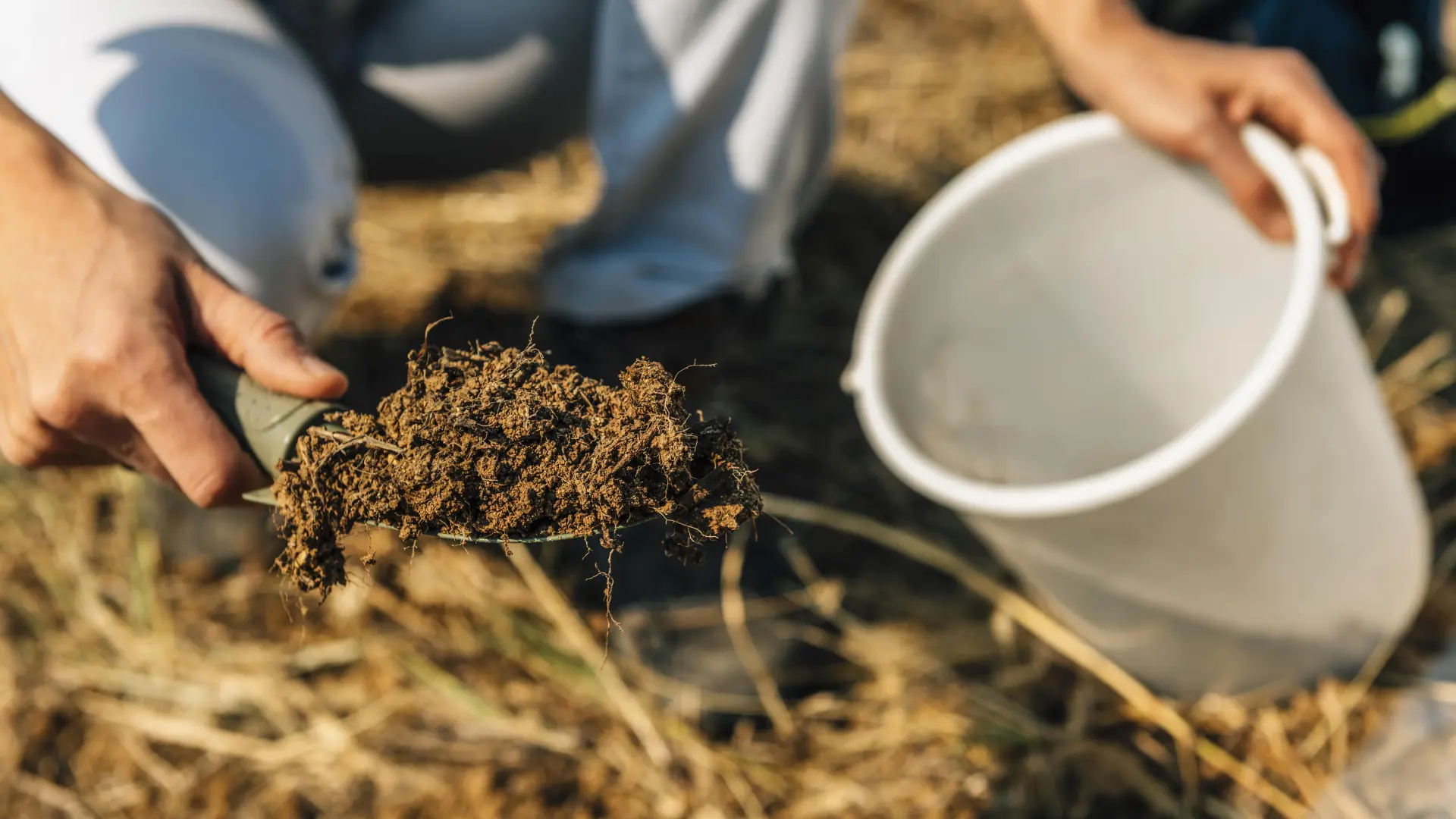
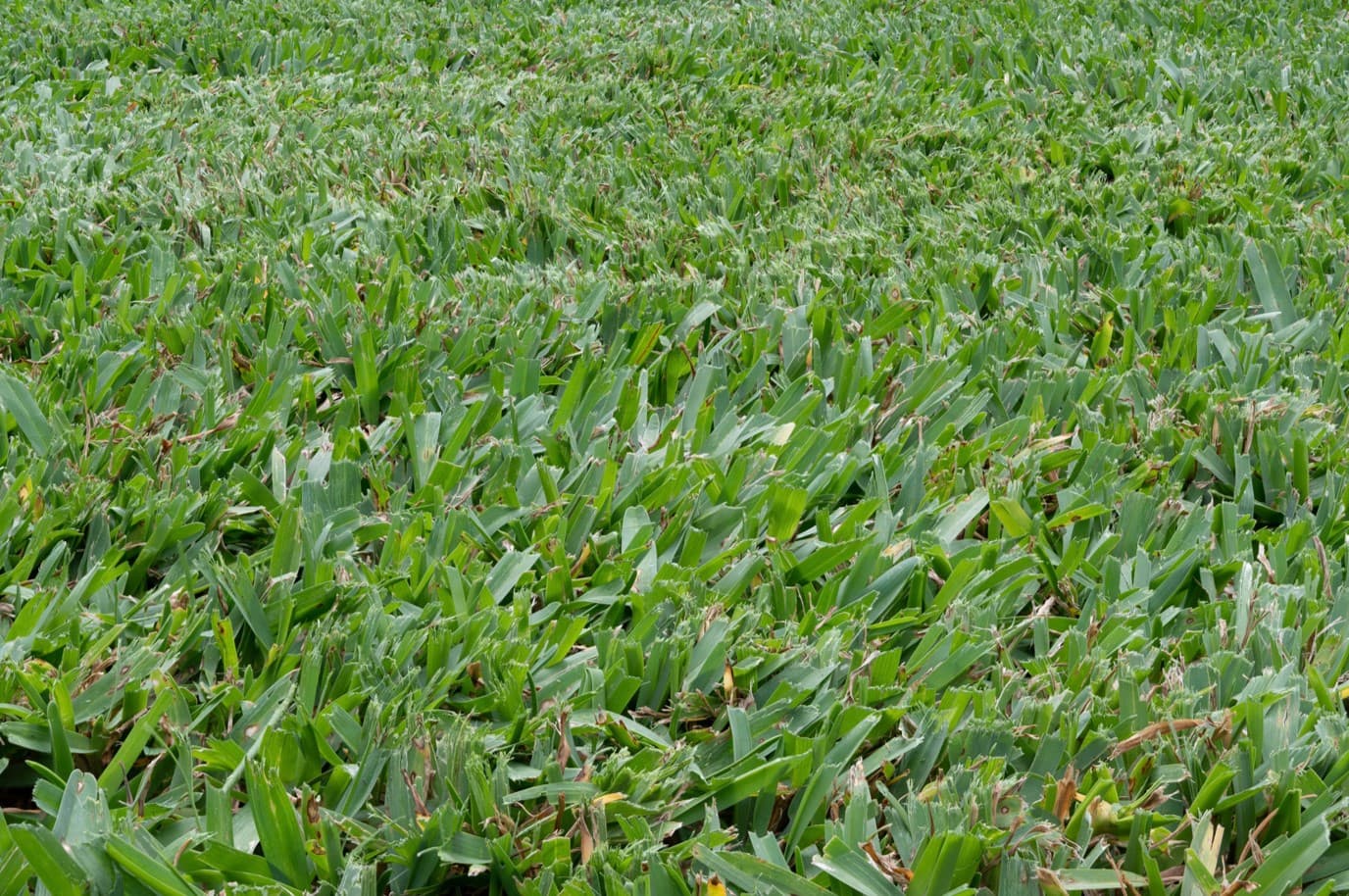

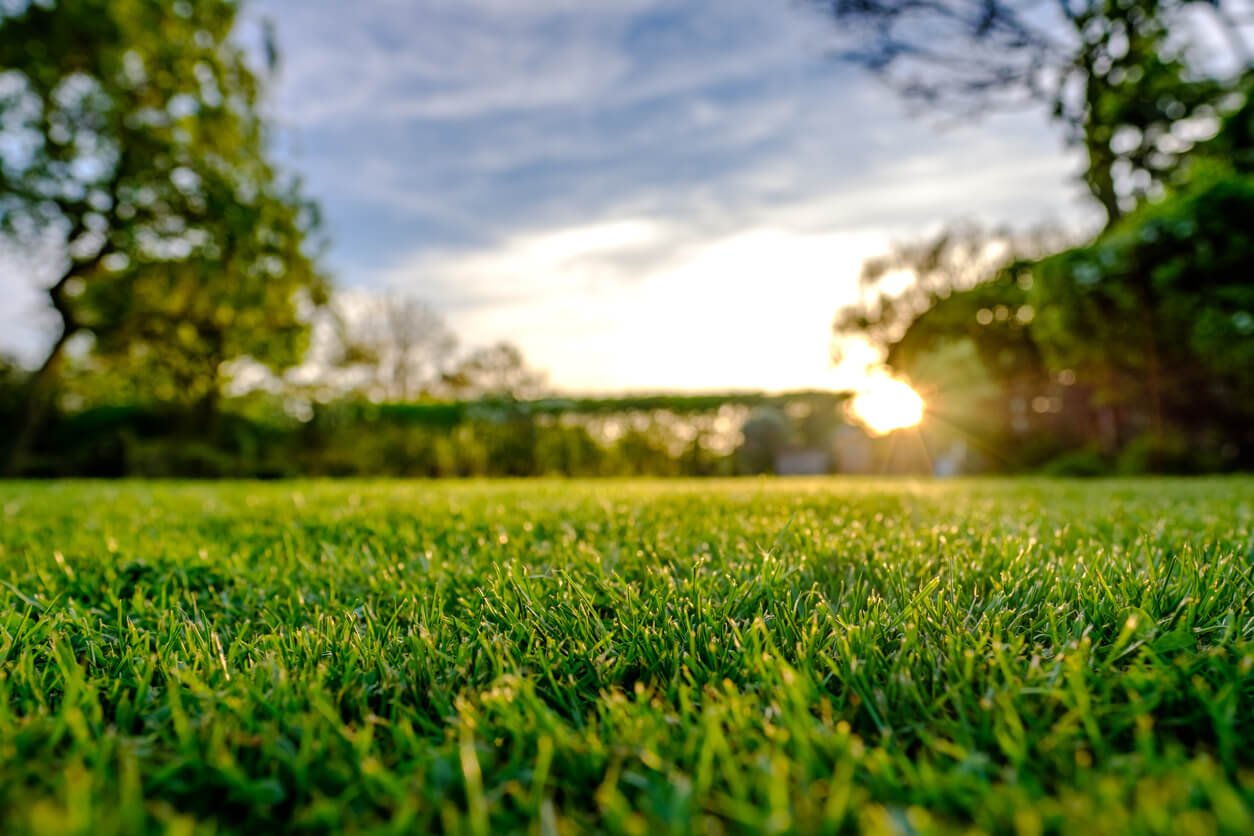


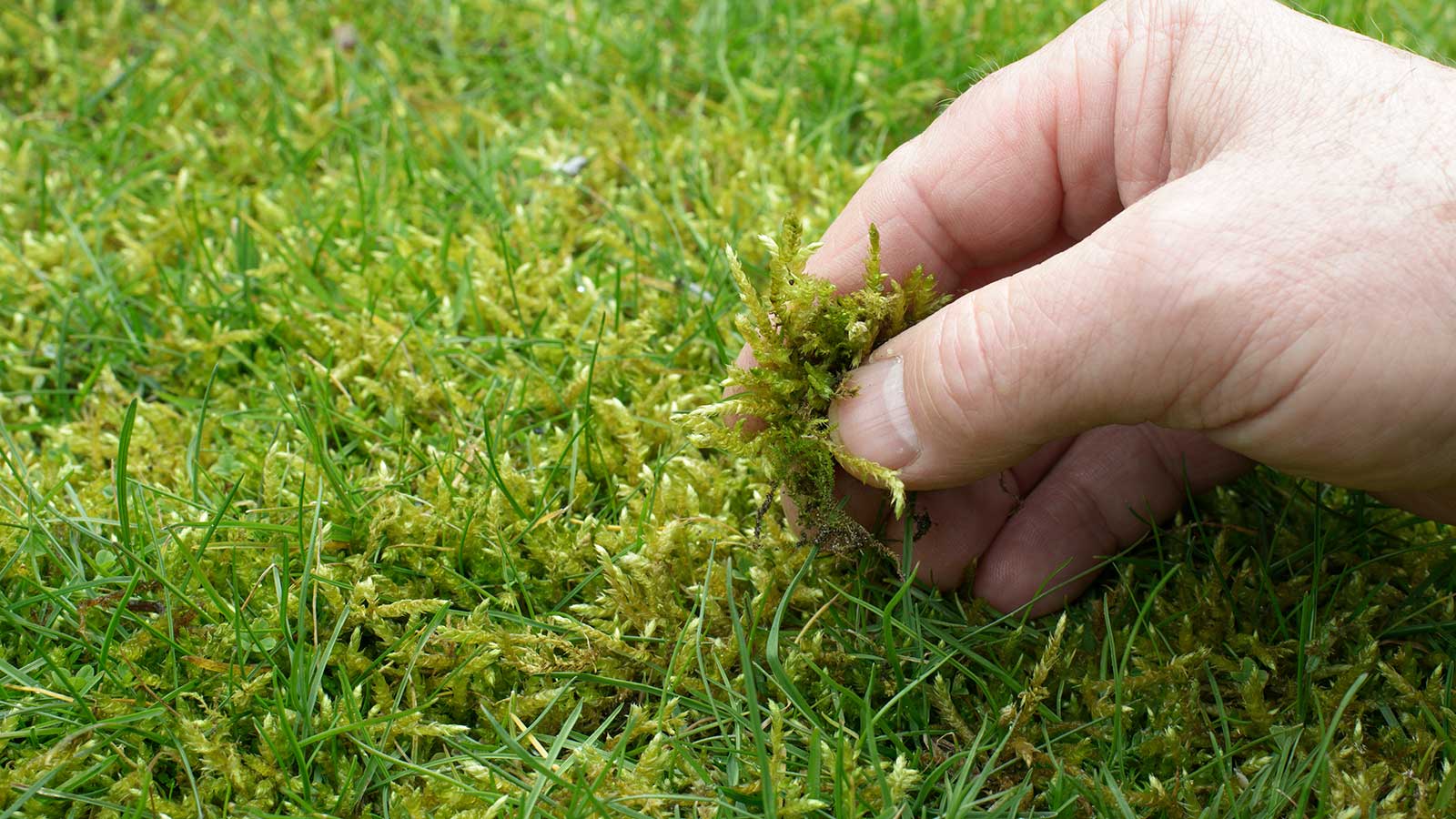
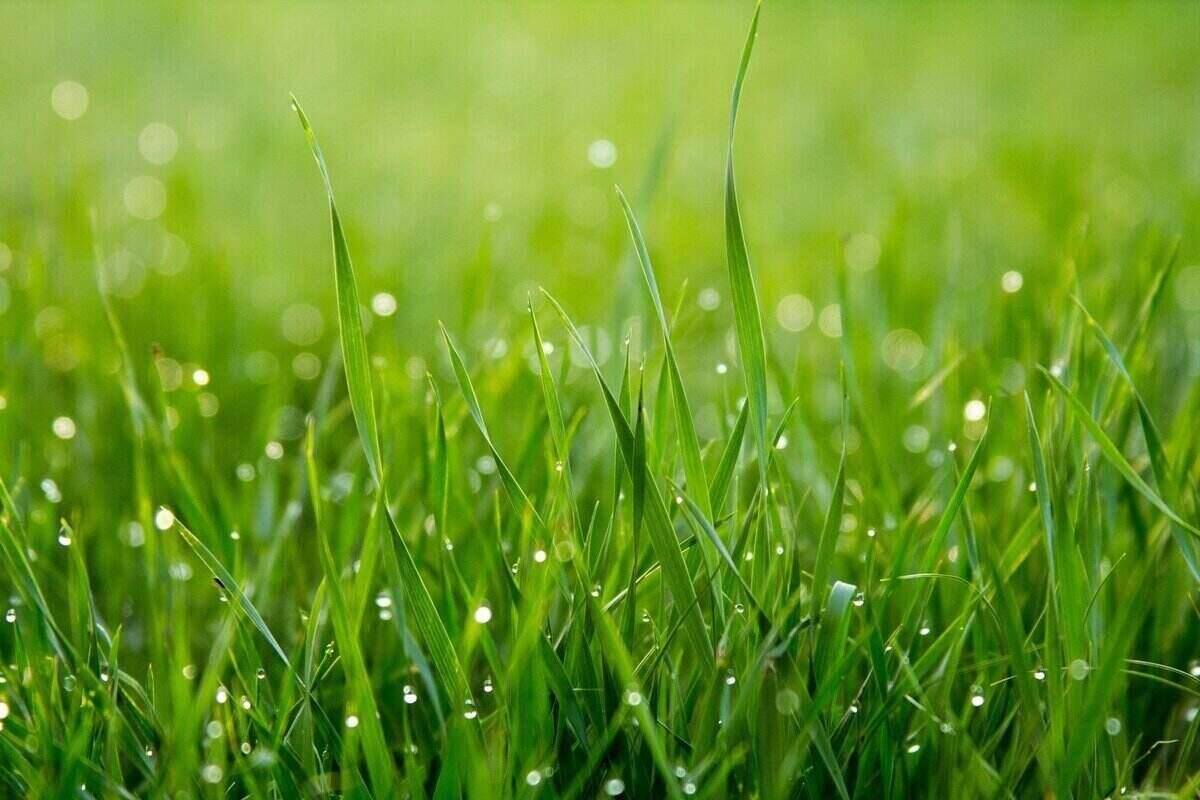
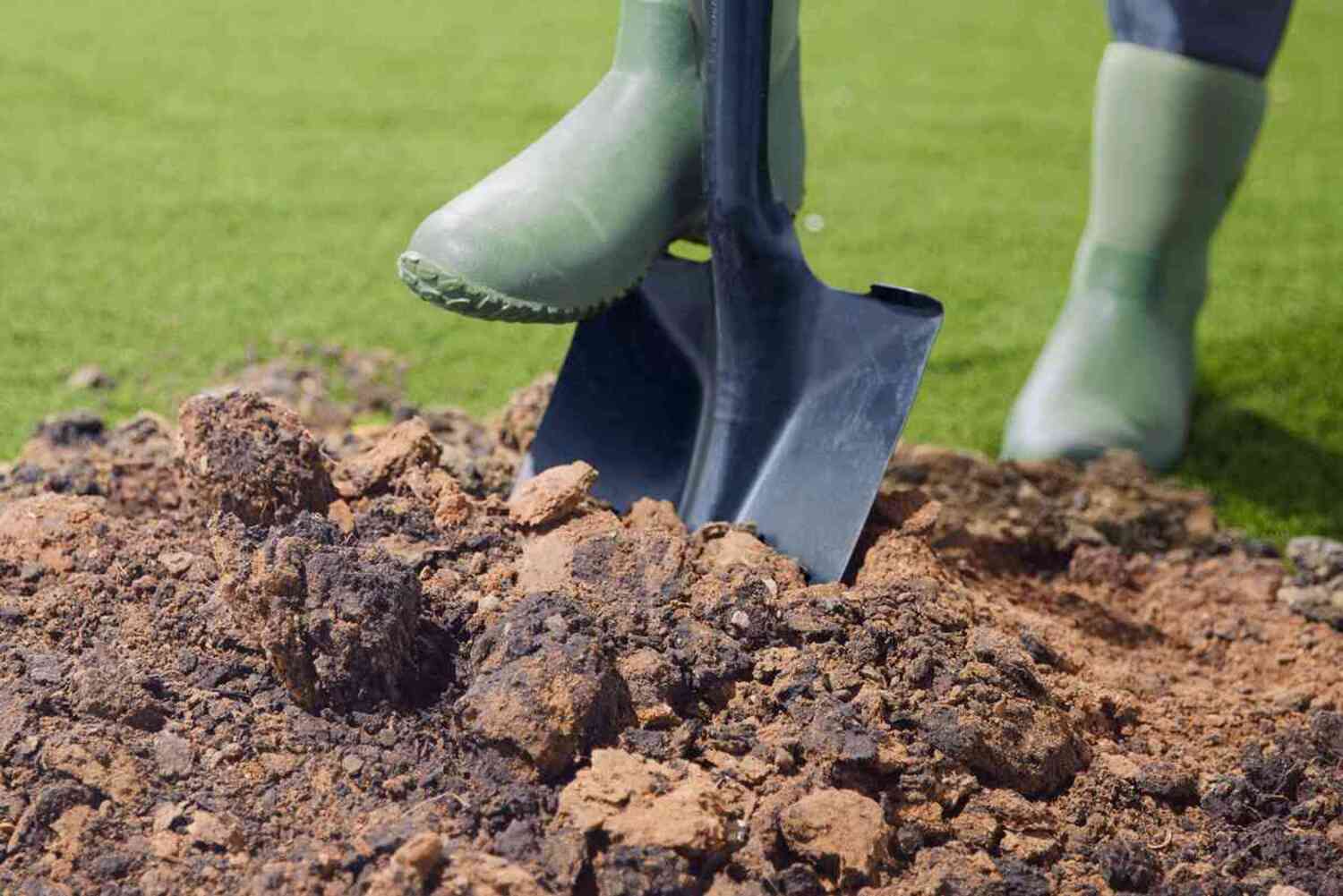
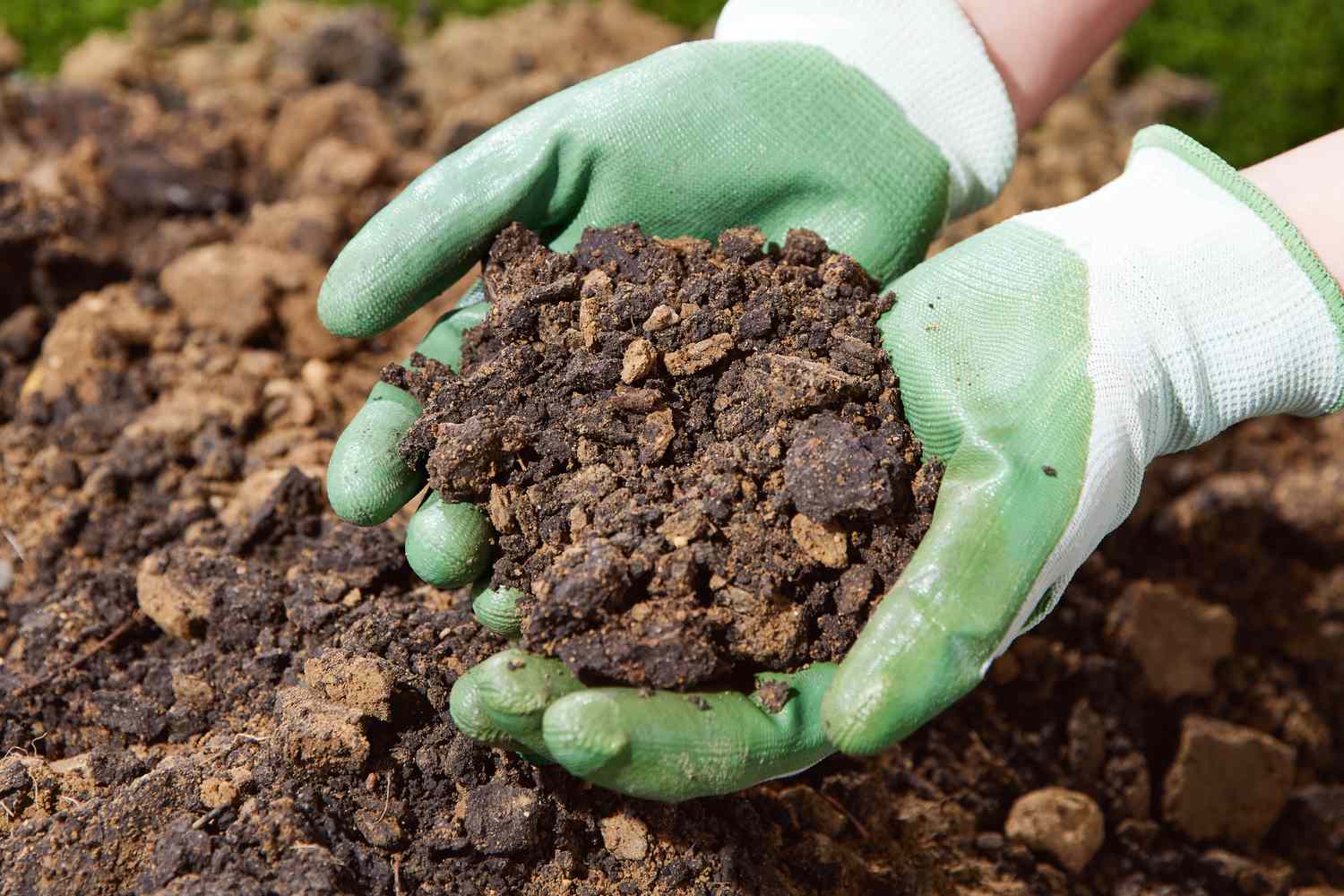
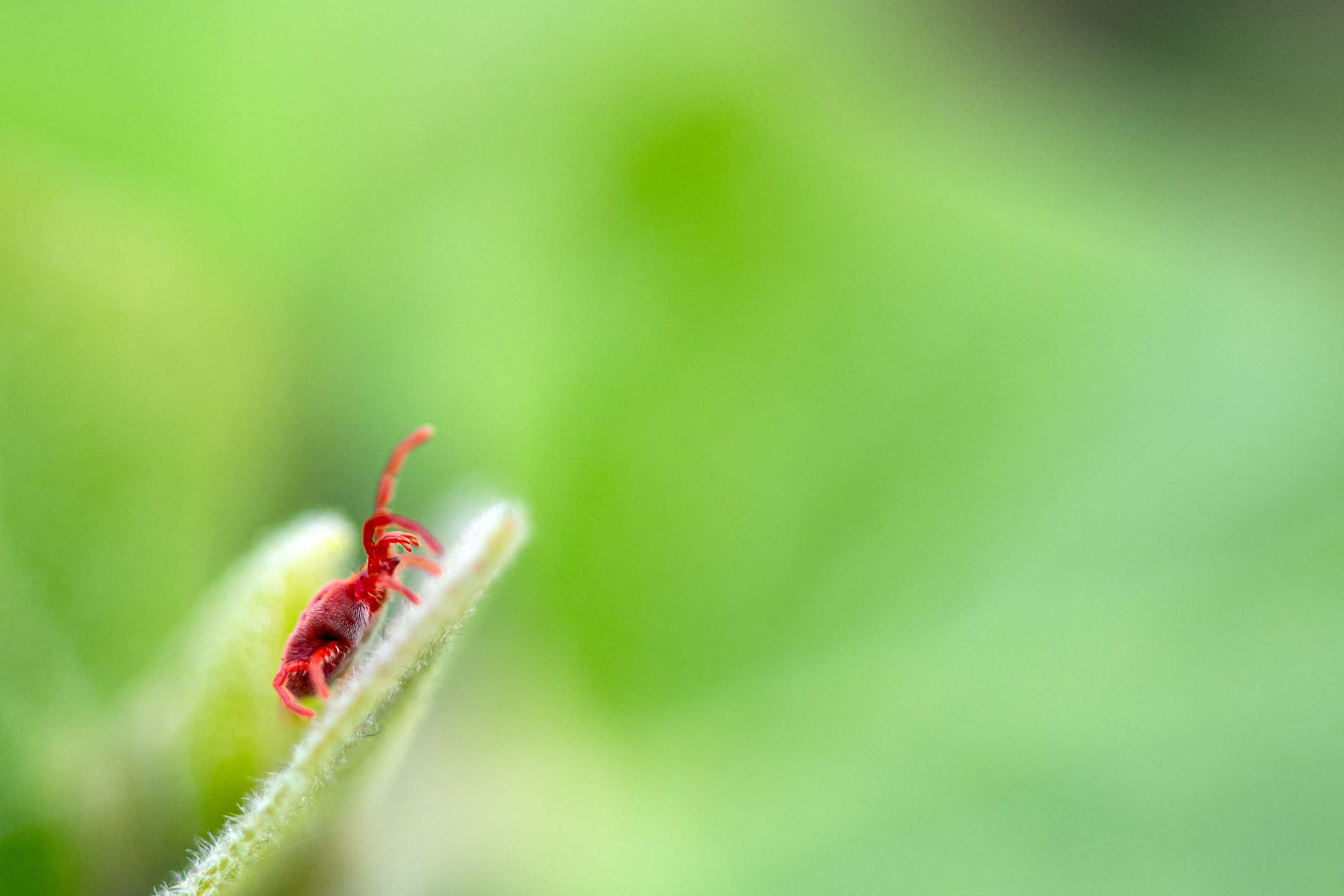
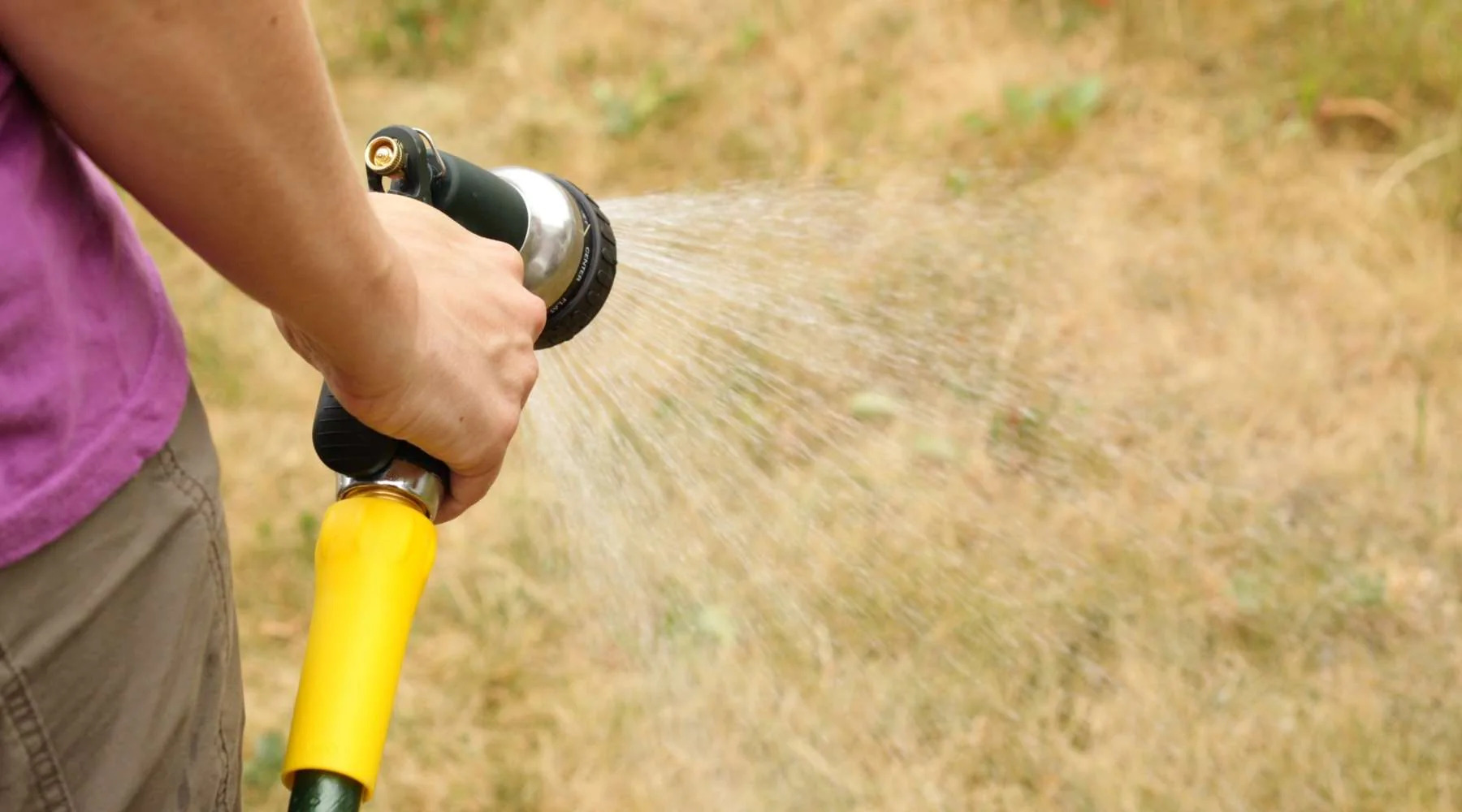
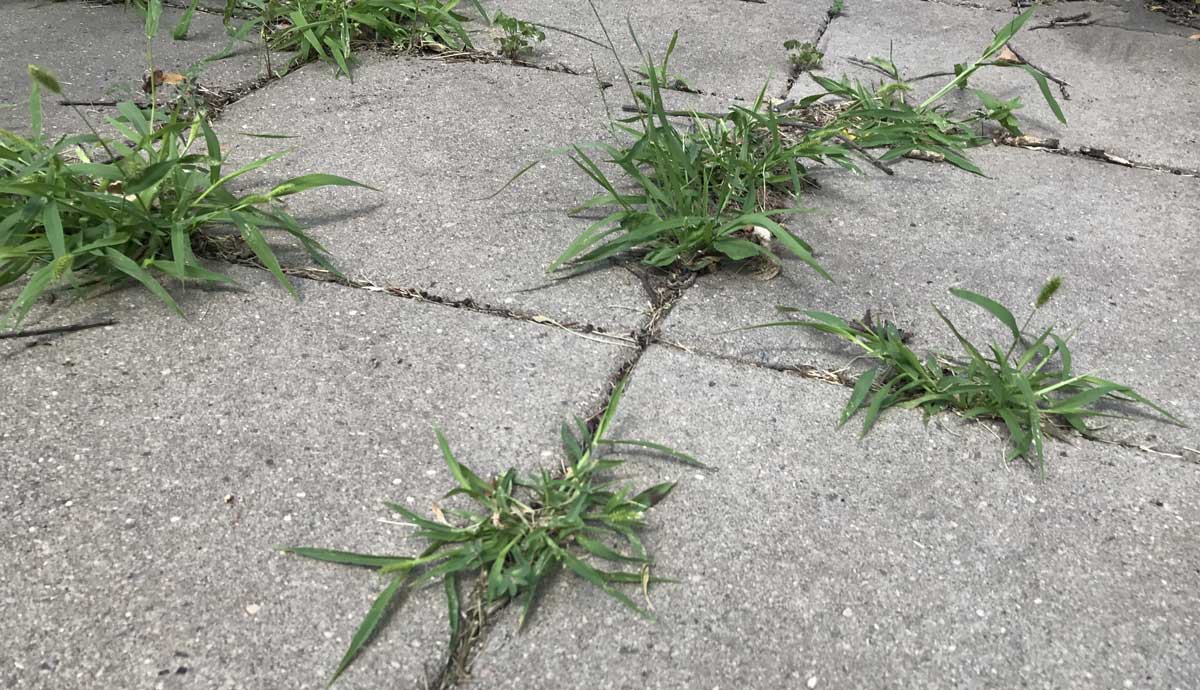
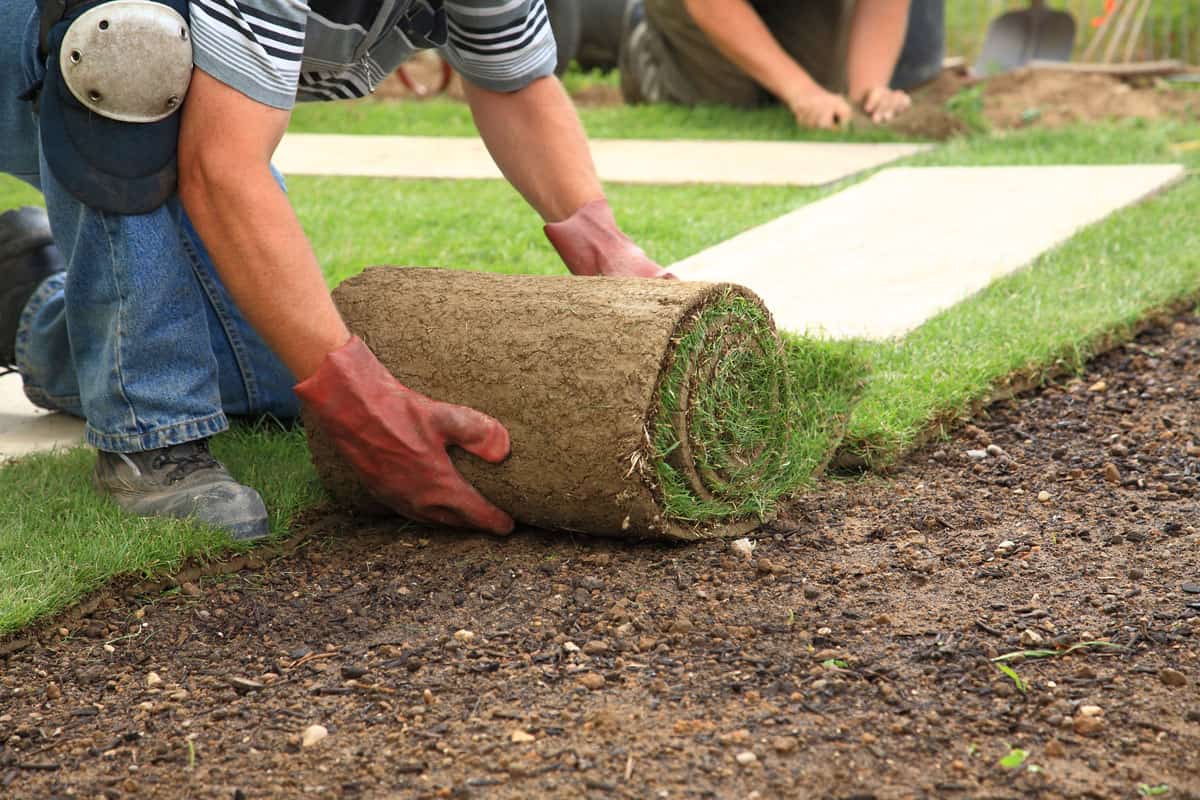

0 thoughts on “How To Get Grass To Grow In Red Clay”